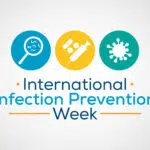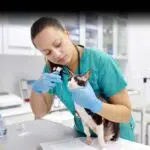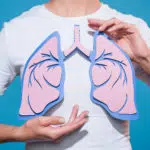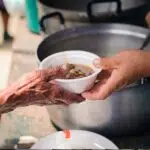What is World Pediatric Bone and Joint Day?
World Pediatric Bone and Joint Day Related Holidays


National Walk and Bike to School Day comes around yearly on the first Wednesday of October. The purpose of this day is not only to encourage children to get up and get moving before they’re stuck in class for hours, but also to develop a sense of confidence in themselves and their communities.

National Children’s Dental Health Month comes around every February. Several children see brushing their teeth as a torturous chore, while many parents struggle to get their children to brush their teeth properly. February is all about teaching kids how important dental hygiene is for their health now so that it doesn’t develop into a toothache later.
History of World Pediatric Bone and Joint Day
World Pediatric Bone and Joint Day timeline
Robert Osgood and Carl Schlatter concurrently described the disease which now bears both of their names. This disease is a common cause of knee pain in adolescents.
The first World PB&J Day focused on vitamin D deficiencies.
The report from the United States Bone and Joint Initiative estimated 126.6 million Americans are impacted by a musculoskeletal condition.
The Global Burden of Disease listed musculoskeletal conditions as the second highest contributor to global disability, behind lower back pain.
World Pediatric Bone and Joint Day FAQs
What causes bone infection in kids?
Bone infection is normally caused by inflammation in the bone from bacteria. The bacteria that causes infection in children is Staphylococcus, which is carried through the blood.
How do you become a pediatric orthopedic surgeon?
To become an orthopedic surgeon, you must first get your bachelor’s degree in biology, pre-med, or a related field. You then must complete an additional four years of medical school before dedicating four to five years to orthopedic residency in a hospital.
What is the bone doctor called?
The doctor that specializes in correcting bone and muscle deformities is called an orthopedic. The root word “ortho-” is from Greek origins, meaning straight or upright.
How to Observe World Pediatric Bone and Joint Day
Reach out to people
Don't feel like you need to give them advice, but at least offer them some resources that are available. Sometimes, just knowing someone is in their corner can be just the catalyst they need to seek treatment.
Spread the word
The Bone and Joint Initiative has printable posters on their website. Print a few out and spread them around your child's school, a neighborhood store, or community center. The two kinds of posters explain the basics of bone and joint health in both English and Spanish.
Get social
There are all kinds of online resources for families dealing with pediatric bone and joint problems. Help get those resources to the people that need them.
4 Tips To Protect Your Bones And Joints
Exercise if you are able
Staying active and stretching will help your bones and joints stay strong and loose.
Eat a healthy diet
Fresh fruits and vegetables, protein, and other nutritious vitamins is essential to creating strong bones and joints.
Watch your weight
Keeping weight off puts less pressure on your bones and joints, which in turn keeps them healthy.
Know your limits
Overdoing it can be costly. Make sure you are staying aware of your body and addressing any aches and pains.
Why World Pediatric Bone and Joint Day is Important
We have much to learn
Children around the world experience bone and joint problems. This day strives to help those with and without them learn about the causes, symptoms, and treatments.
It pushes prevention
Childhood obesity is a big contributor to bone and joint problems both as a child and later in life. Understanding the long-term consequences and learning techniques to lose weight contribute to preventing problems in the first place.
It highlights other issues
Childhood obesity also causes many other health problems, like diabetes and heart disease. Understanding one of the repercussions of obesity like bone and joint problems, can help clarify the larger problem.
World Pediatric Bone and Joint Day dates
| Year | Date | Day |
|---|---|---|
| 2025 | October 19 | Sunday |
| 2026 | October 19 | Monday |
| 2027 | October 19 | Tuesday |
| 2028 | October 19 | Thursday |
| 2029 | October 19 | Friday |
















